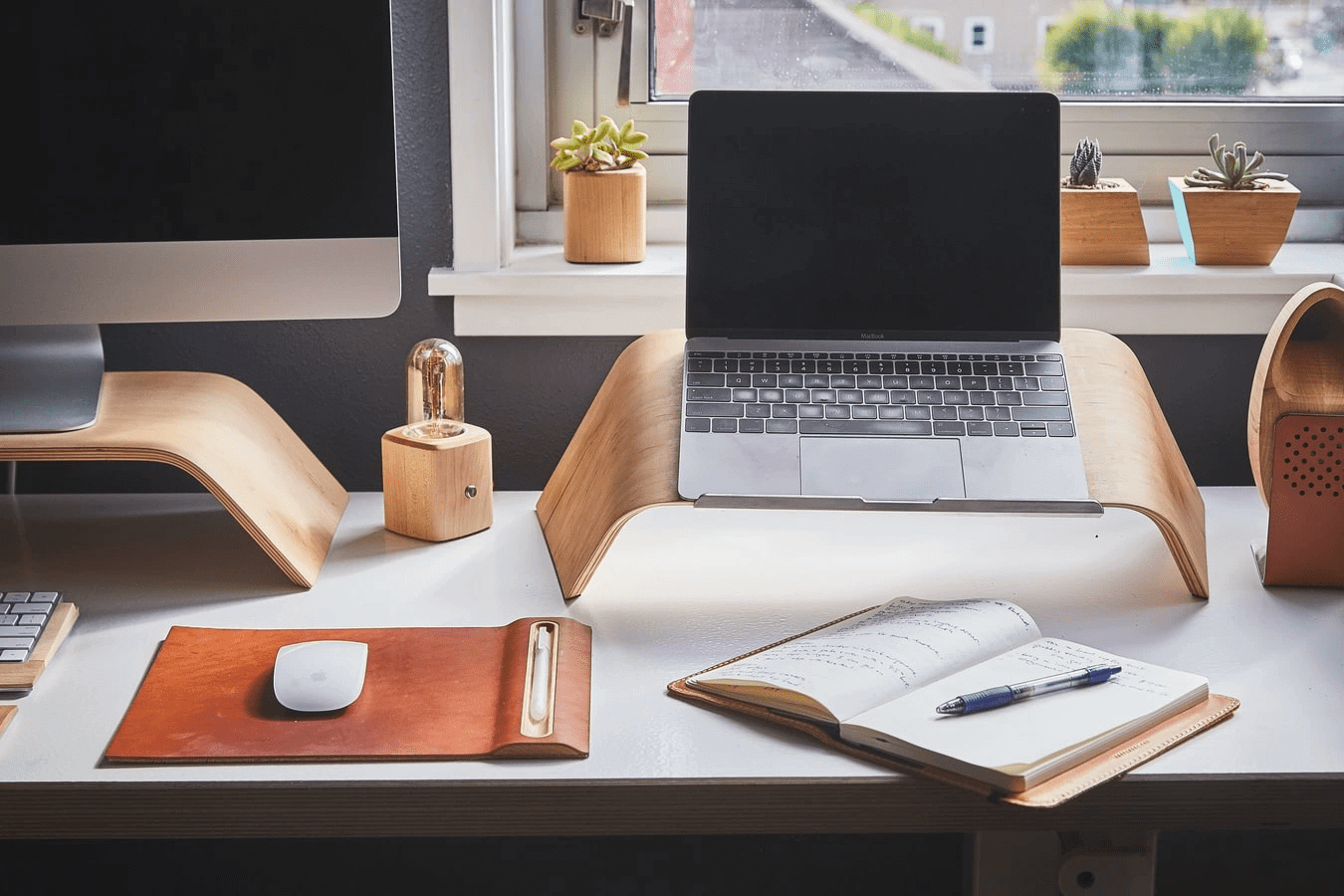5 Solutions To Improve Your Home Office Acoustics
Nowadays, many people had to work from home. However, working from home is not without its own challenges. The kids may be playing in their room downstairs, or worse, right in the next room. It goes without saying that even though you’re working at home, you still need privacy and peace of mind – which is possible through good home office acoustics.
Here are 5 ways you can improve your home office acoustics and get some work done!
1. Establish dedicated work zones

An easy and inexpensive way to help minimize the impact of noise in the office is to redesign your furniture layout into dedicated work zones. By understanding the activities that take place in your home office, you can better create a pleasant sound environment and utilize the space efficiently.
An easy and inexpensive way to help minimize the impact of noise in the office is to redesign your furniture layout into dedicated work zones. By understanding the activities that take place in your home office, you can better create a pleasant sound environment and utilize the space efficiently.
2. Use sound-absorbing materials

When there’s a lack of sound absorption, you experience some serious noise reverberation – the biggest problem in an open work environment. Absorb sound and improve home office acoustics by reducing both visual and acoustic noise with acoustic panels, wall tiles, living walls, and fibrous ceiling and floor materials.
Hard surfaces reflect sound, while soft surfaces absorb it. Your exposed brick office wall, stylish as it may be, only serves to perpetuate the reverberation of sound energy. Covering it up, at least in part, will help control and limit the movement of sound in wide-open spaces.
There are a variety of acoustic materials that help dampen the reflection of sound in open spaces and create customized and stylish accents that add to the overall design aesthetic of your office environment. Acoustic tiles, lush greenery, or textile wall hangings can be installed on walls in seating areas that tend to prioritize meaningful communication. Tailor your acoustics to match your brand identity or to reflect your organizational mantra, culture, or logo.
Working at home doesn’t mean that you won’t need an area dedicated to individual conversations and moments of solitude. Use acoustic panels or other sound dampening materials as workspace partitions to provide much-needed privacy.
3. Choose furnishings wisely

Moving to home offices does not mean you should lose the important things you should be getting in the office as much as you do at home – you should feel comfortable, content, and productive.
Maintain your freedom of movement at work with modular spaces and furnishings while at the same time, providing essential acoustical value. It’s an effective way to target both sound control and home office flexibility.
Acoustic furnishings are purpose-built with acoustical materials and integrated sound-absorbing panels precisely where they’ll be most useful – providing separation from all the office action while still minimizing impediments and interruptions to the office design itself.
Keep in mind that couches and soft plush seat coverings also help absorb sound. Everything from chairs, storage/filing solutions, desks, bookcases, and shelves can easily be purchased or modified to include acoustic-sensitive materials.
4. Ceilings and Floors

Commonly referred to as baffles or clouds, ceiling mounted acoustic panelling is an effective way to help reduce the reverberation of sound in spaces with tall ceilings without taking away from the impact of your style and decor.
Baffles are typically mounted downward, so they can hang lower into the space – great for installing with your lighting design in mind. They are terrific solutions to help minimize excess sound so you can keep your floor space free, maintaining the forward-thinking behind your open-concept space.
Similarly, the floor plays a huge role in how sound moves around the space. Sound travels so very well over a smooth, still, and controlled space — imagine yelling on the shore of a flat surface of water and listen to how effectively it travels! Interrupting that flat surface is essential when it comes to sound control.
Sound-sensitive flooring material such as carpeting, area rugs, and different types of sound-sensitive flooring material – cork tiles, for example – offer super-effective soundproofing and more beneficial office acoustics.
4. Ceilings and Floors

While most acoustical solutions work towards the elimination of unwanted and distracting sound, there are innovative systems available. They provide the addition of sound created with speciality digital generators and distributed through hidden speakers within a home office.
Commonly referred to as white noise or pink noise, noise masking systems produce random broadband sounds – low-level and comfortable background sound.
Sound masking systems eliminate acoustic distraction by covering and filling in the sound spectrum to cover speech or excessive silence. The system adjusts to the noise levels within the office, increasing volume when needed and quieting during lulls.
Let us help you in making your experience working at home easier! Contact Acoustica Projects now.
Call us 1300 498 268
Email us – enquires@acousticaprojects.com.au
Website – https://acousticaprojects.com.au/
You can also schedule a virtual meeting with us.

